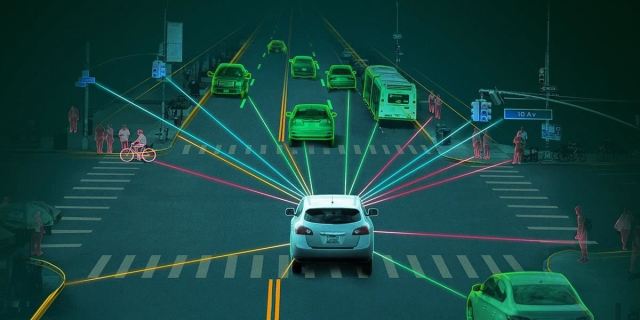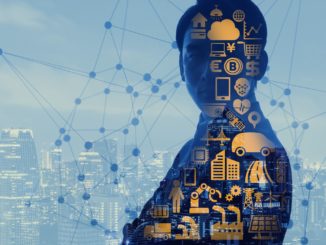
Imagine if a car robot automatically figures out directions for your travel using Google Maps. The next step is to imagine a next generation of transport without drivers. If sensors are built to automatically detect fellow people who cross the road or other cars that approach this car, then the automatic sensors can guide the automobiles in crowded junctions.
Where are we lacking in order to build a next generation of cars or automobiles with Artificial Intelligence?
For one thing safety of travel is of prime importance. The next thing is whether local governing bodies will provide licenses to technology developers to let such cars run on public roads.
The other debatable point is when such technology is commercially deployed will it ensure safety of travel to all the passengers. Will automobiles equipped with AI (Artificial Intelligence) be capable to avoid accidents, quick sand pits, meander via traffic so on and so forth? Also will research enlist all possible cases where precaution must be taken so that AI controlled automobiles do not cause harm to the public.
A positive point to the argument is that AI will improve people processes. Most of the traffic violations are done by people driving unpredictably or driving rash or driving when inebriated. Using AI systems and fixed guide paths for automobiles to navigate between places just as an AGV navigates in automated factories will make sure that the number of traffic violations that are done by people is reduced. For all you know using AI to drive automobiles may well improve our traffic conditions.
Proudly WWW.PONIREVO.COM



